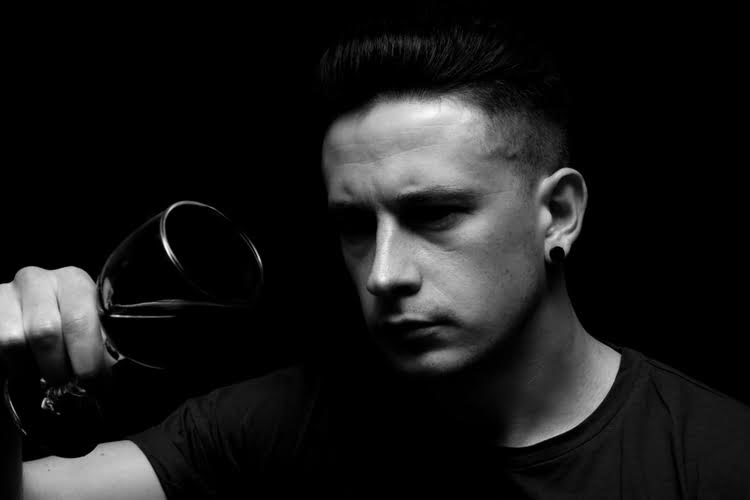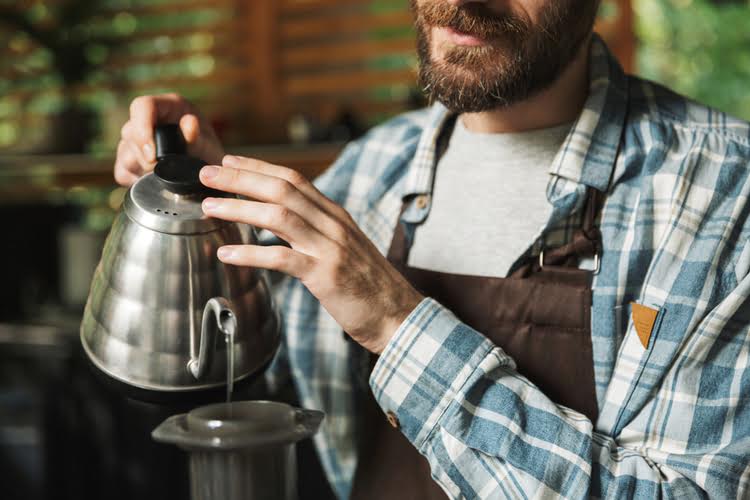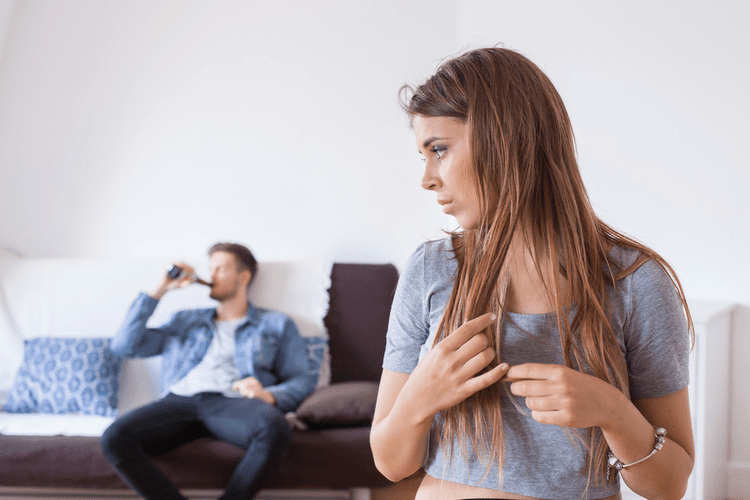Note that a naturalistic design will also lead to variable reporting of MBO effects in the literature, due to the variability in each participant sampled. Time of testing after experiencing an MBO may also serve to weaken any after-MBO effects, i.e., differences between baselines and after experiencing a blackout. In the present data sets, we tested all participants Sober House within 20 hours of experiencing an MBO, in an attempt to capture alcohol-induced MBO deficits before full recovery. However, the precise time when a blackout occurred is not possible to determine from participant self-report, nor did we examine the rate of recovery after blackout—our studies focussed on finding if any deficit was present after experiencing a blackout.
Ralph Fiennes – Trigger Warnings Response
Given that PTSD may contribute to worse emotion dysregulation and that emotion dysregulation may contribute to substance misuse, we aimed to explore the role of emotion dysregulation as a mechanism explaining the relationship between PTSD and alcohol misuse. As psychopathology has been shown to be a risk factor for emotion dysregulation, individuals with PTSD may demonstrate poorer emotion regulation https://marylanddigest.com/top-5-advantages-of-staying-in-a-sober-living-house/ (Gross & Munoz, 1995). This emotion dysregulation may cause these individuals to misuse alcohol to alleviate negative emotionality. Furthermore, negative mood regulation expectancies explained unique variance in predicting problem drinking, even after accounting for age, gender, and alcohol consumption. These analyses shed light on processes that may underlie “self-medication” of PTSD symptoms.

Eyewitness memory is delicate
- However, females were much more likely to have been sexually abused than males and consequently the symptoms of PTSD were more common for female than male alcohol abusers (Clark et al. 1997).
- Past research has found relationships between PTSD hyperarousal symptoms (which includes difficulty concentrating) and alcohol consumption (Duranceau, Fetzner, & Carleton, 2014).
- Another study found that students with PTSD showed a more hazardous pattern of substance misuse than other students, even those meeting criteria for other diagnoses (McDevitt-Murphy, Murphy, Monahan, Flood, & Weathers, 2010).
- During uncontrollable trauma, an increase in endogenous opioids (endorphins) helps to numb the pain of the trauma.
- In addition, some pre-existing neuroanatomical differences may be present between individuals who progress into heavy drinking, and therefore regularly experience MBOs, and those who do not [24], suggesting a predisposition towards heavy alcohol drinking.
Research reveals that individuals with PTSD are almost four times more likely to develop Alcohol Usage Disorders compared to those without PTSD. Treatment providers are available 24/7 to answer your questions about rehab, whether it’s for you or a loved one. If you or a loved one is ready to overcome an alcohol addiction, reach out today. Treatment providers can connect you with programs that provide the tools to help you get and stay sober. Get professional help from an addiction and mental health counselor from BetterHelp.
- When put into situations of severe stress the body seems to automatically shut down!
- The only objective evidence of a blackout is to give someone three unrelated words, have them repeat the words, and then wait five minutes before asking them what the three words were.
- Twelve participants (52.2%) showed no difference between before-alcohol and after-MBO conditions, whereas 1 participant (4.3%) significantly improved after blackout.
- There are those who engage in day drinking, hidden behind closed doors, and those who experience blackouts or damaging incidents during nights out.
PTSD symptoms and alcohol-related problems among veterans: Temporal associations and vulnerability
- Finally, two studies in this virtual issue focus on military personnel and veterans.
- Some studies suggest that up to 40 percent of women and men in the United States who have PTSD meet the criteria for an alcohol use disorder (AUD).
- Hypnotics or sedatives and benzodiazepines like flunitrazepam (also known as Rohypnol or roofies) can also lead to blackouts or brownouts.
- We originally hypothesised that people who experience a high volume of MBOs may perform differently in recall tasks compared to people who have never experienced an alcohol-related memory blackout.
Participants included 240 college students with a trauma history who reported using alcohol within the past three months and completed measures of PTSD symptoms, emotion dysregulation, alcohol consumption, alcohol-related consequences, and negative affect. The six facets of emotion dysregulation were examined as mediators of the relationship between PTSD symptoms and alcohol-related consequences in the full sample and by sex. In both animals and humans, traumatic events and increased alcohol consumption are clearly related; but alcohol use typically increases following the trauma, rather than during the trauma. Much of the confusing literature on stress and alcohol use is understood better when one assesses alcohol use in relationship to when the trauma occurred. For example, in a study with rats we found very modest increases in alcohol consumption on days when shocks were administered but dramatic increases in alcohol preference on subsequent days (Volpicelli et al. 1990).

Dual Diagnosis: Treating PTSD and Alcohol Abuse
